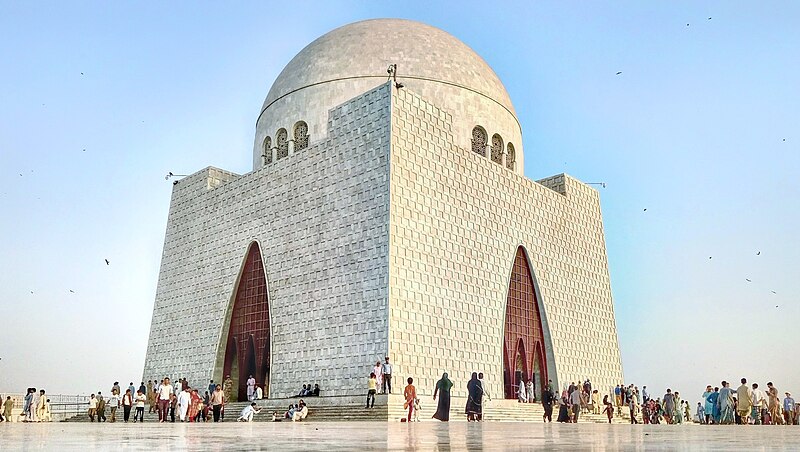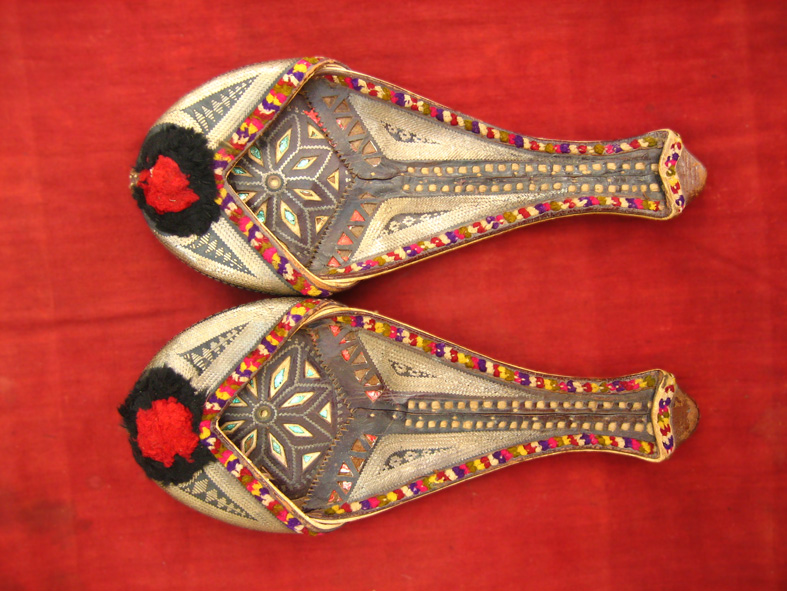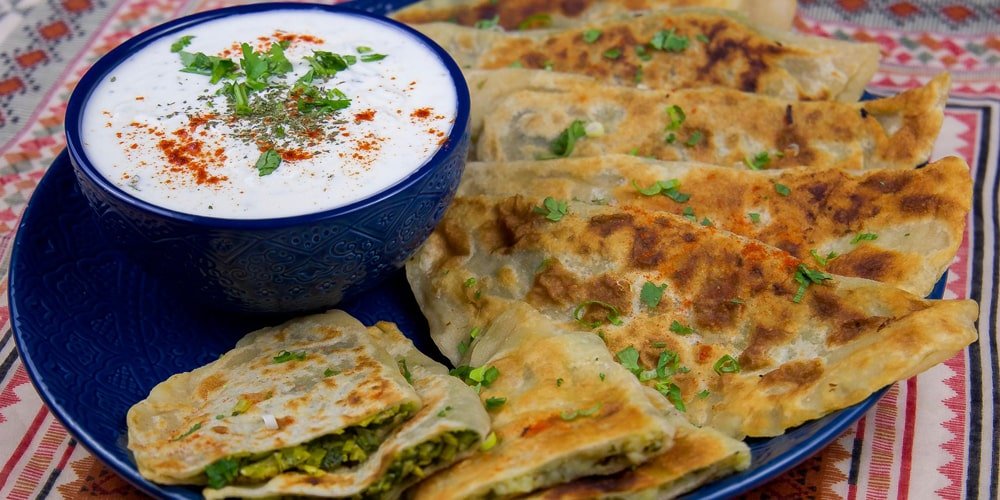Here's a Little Intro ;)
Sindh, also spelled Sind, province of southeastern Pakistan. It is bordered by the provinces of Balochistān on the west and north, Punjab on the northeast, the Indian states of Rajasthan and Gujarat to the east, and the Arabian Sea to the south. Sindh is essentially part of the Indus River delta and has derived its name from that river, which is known in Pakistan as the Sindhu. The province of Sindh was established in 1970. The provincial capital, Karāchi, is situated on the southwestern coast. Area 54,407 square miles (140,914 square km). Pop. (2006 est.) 35,864,000.






